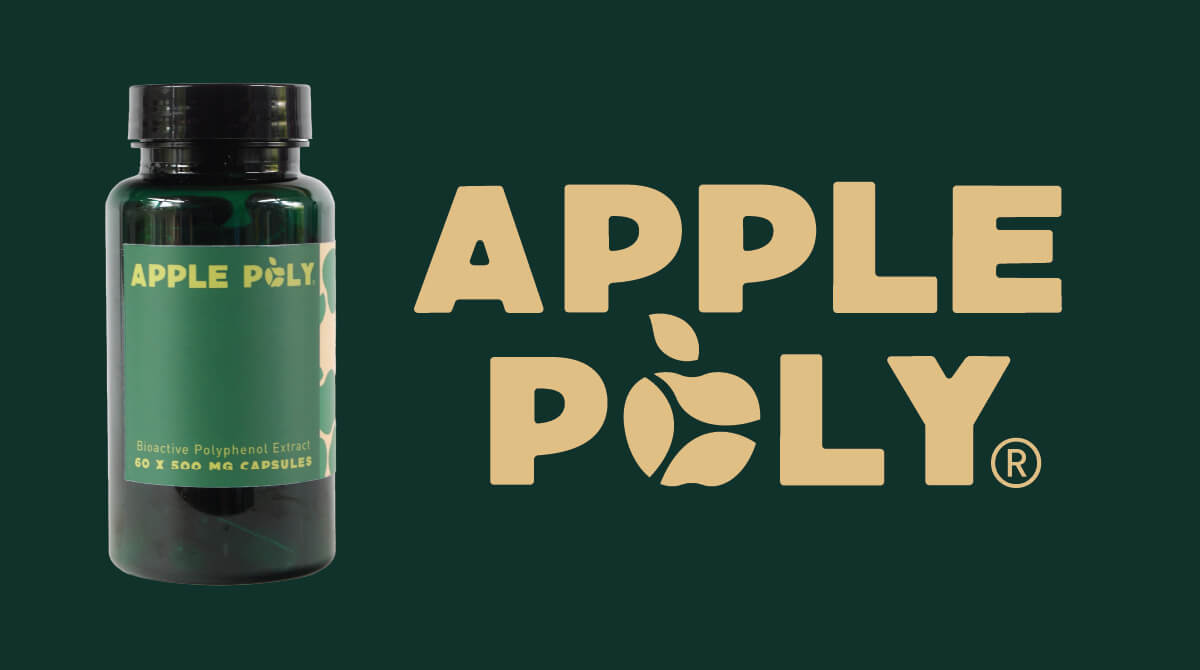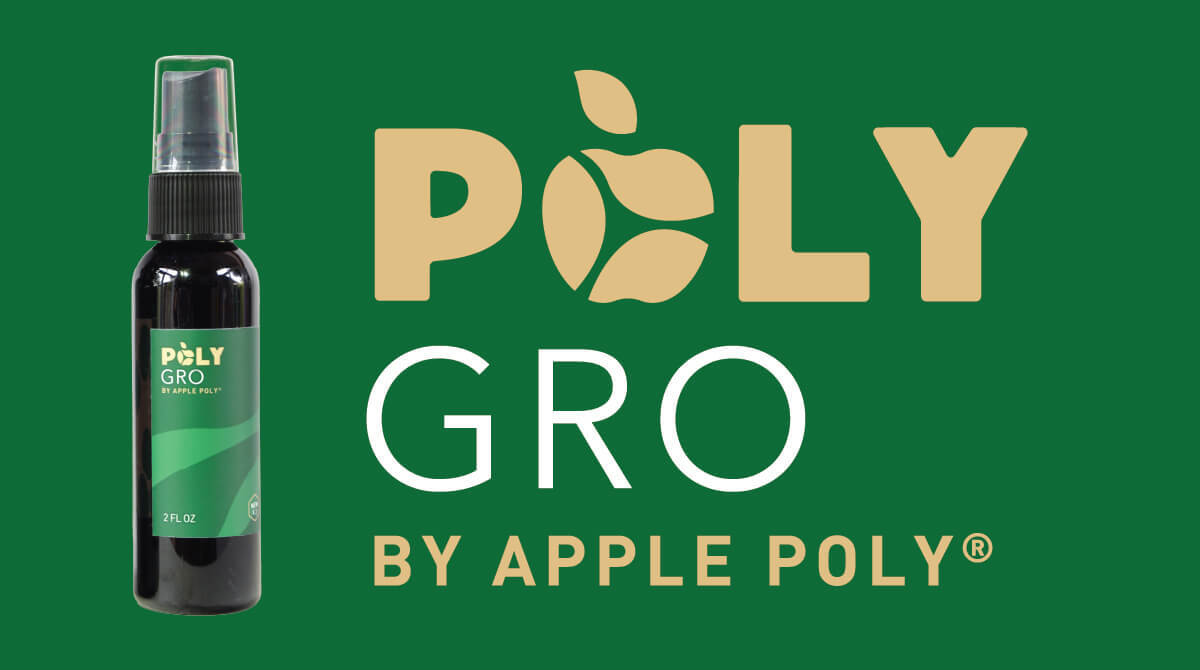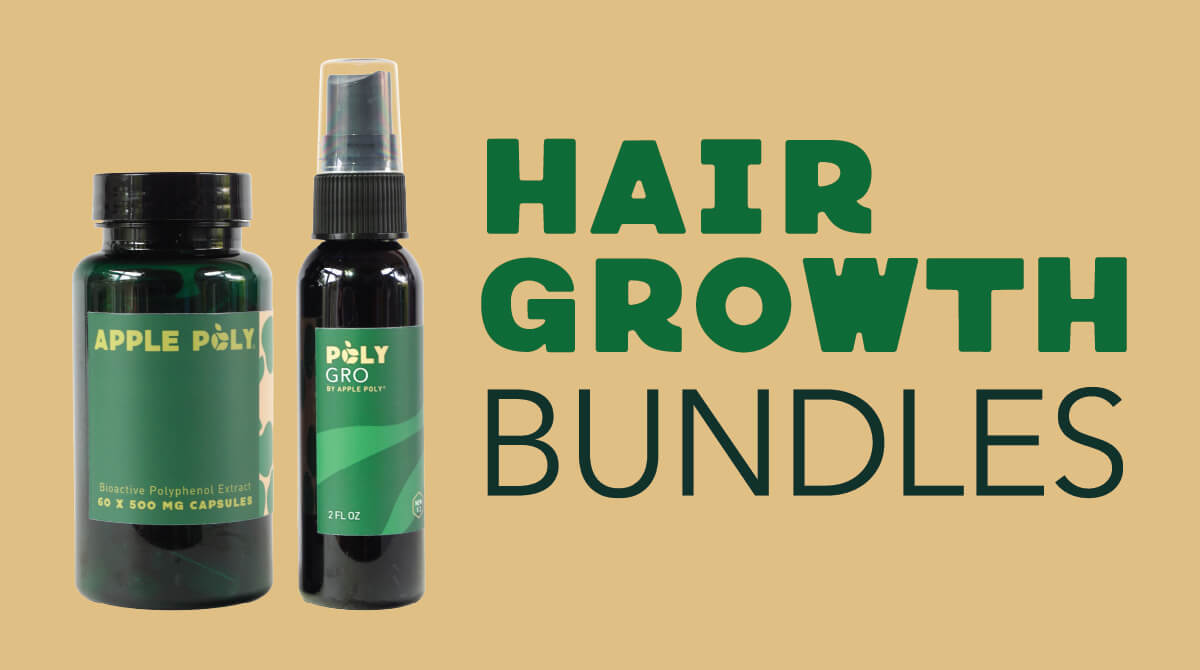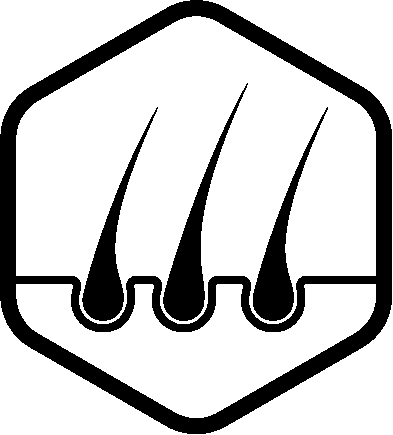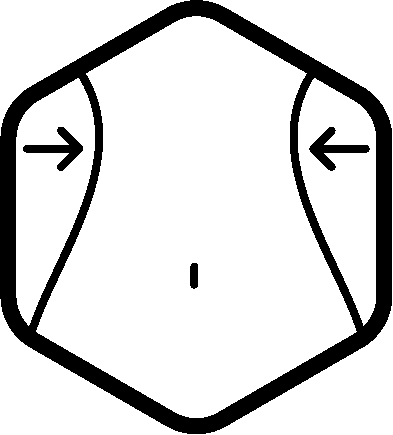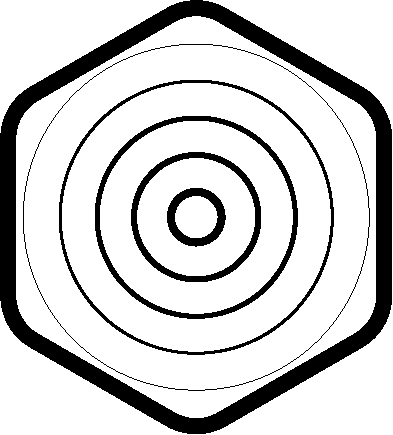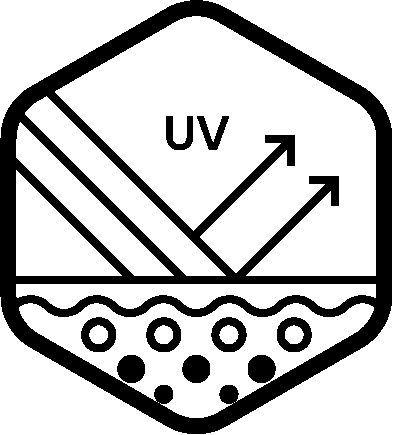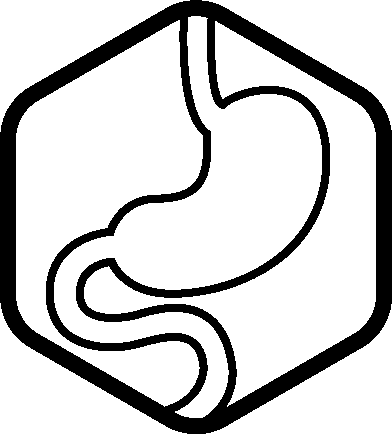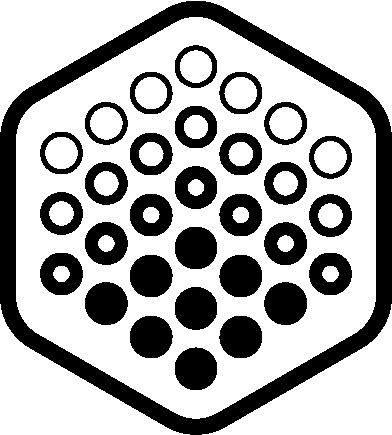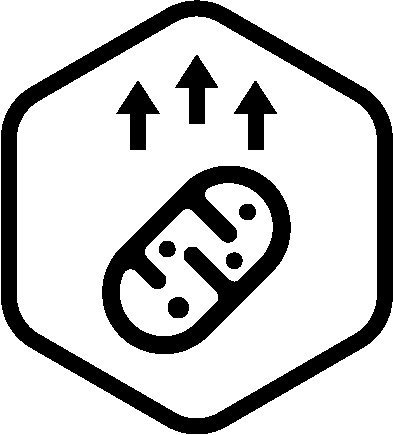Publication Date:
1999-11-03
Institutions involved:
- University of California, Davis — Department of Food Science & Technology
- University of Copenhagen — Institute of Food Chemistry and Technology
Participants:
In vitro study using isolated human LDL cholesterol from plasma samples
Duration:
Oxidation kinetics (how long cholesterol takes to become oxidized) monitored for up to 100 minutes per sample
Dosage:
Apple juice adjusted to contain 5 micromoles of antioxidants (measured as gallic acid equivalents) per liter
Learn more
Try Apple Poly Now
Key Takeaways:
Red Delicious apple peel (RP) delivered the highest inhibition of LDL cholesterol oxidation at 38%, outperforming both the flesh and whole apple.
This study's hypothesis- that apple extracts and juices can prevent formation of oxLDL- lays the groundwork for the solution to the French Paradox.
From the authors: "The oxidation of human LDL is widely considered to be a pivotal event in atherosclerosis."
Apple Poly Summary:
Why Is This Study Important? This study was groundbreaking in 1999, far ahead of the still-controversial theory of the critical role of ox-LDL (oxidized LDL) in the onset of atherosclerosis. Discovering food-based compounds that inhibit LDL oxidation is vital to preventative cardiology. This study focuses on phenolics from apple juice—one of the most accessible daily beverages. It provides early mechanistic support for apple polyphenols as heart-healthy bioactives, especially when working together.
What you should know: LDL cholesterol isn’t bad by default. Your body uses it to build hormones, repair cells, and fight oxidative stress. But once it’s oxidized, it becomes a real threat. This study was among the first to show that apple polyphenols can help stop that harmful shift before it starts.
In Plain English: Apple juice contains natural plant compounds that can help stop LDL cholesterol from turning dangerous. Some types of apple juice work better than others, and this study shows that polyphenol-rich apple varieties are especially good for your heart.
For Medical Professionals: Using isolated human LDL and TBARS/diene formation assays, the study demonstrates that apple juice phenolics (at 5 μmol GAE) inhibit lipid peroxidation. Flavonols, phloridzin, and cinnamates show variable antioxidant performance, independent of total phenolic concentration. The findings suggest potential cardiovascular protection via polyphenol-mediated reduction in LDL oxidative susceptibility.
Abstract:
Dietary phenolic compounds, ubiquitous in vegetables and fruits and their juices possess antioxidant activity that may have beneficial effects on human health. The phenolic composition of six commercial apple juices, and of the peel (RP), flesh (RF) and whole fresh Red Delicious apples (RW), was determined by high performance liquid chromatography (HPLC), and total phenols were determined by the Folin-Ciocalteau method. HPLC analysis identified and quantified several classes of phenolic compounds: cinnamates, anthocyanins, flavan-3-01s and flavonols. Phloridzin and hydroxy methyl fiufural were also identified. The profile of phenolic compounds varied among the juices. The range of concentrations as a percentage of total phenolic concentration was: hydroxy methyl furfural, 4-30%; phloridzin, 22-36%; cinnamates, 2536%; anthocyanins, n.d.; flavan-3-ols, 827%; flavonols, 2-10%. The phenolic profile of the Red Delicious apple extracts differed from those of the juices. The range of concentrations of phenolic classes in fresh apple extracts was: hydroxy methyl furfural, n.d.; phloridzin, 1 l-17%; cinnamates, 3-27%; anthocyanins, n.d.-42%; flavan-3-01s 3 l-54%; flavonols, l-10%. The ability of compounds in apple juices and extracts from fresh apple to protect LDL was assessed using an in vitro copper catalyzed human LDL oxidation system. The extent of LDL oxidation was determined as hexanal production using static headspace gas chromatography. The apple juices and extracts, tested at 5 pM gallic acid equivalents (GAE), all inhibited LDL oxidation. The inhibition by the juices ranged from 9 to 34%, and inhibition by RF, RW and RP was 21, 34 and 38%, respectively. Regression analyses revealed no significant correlation between antioxidant activity and either total phenolic concentration or any specific class of phenolics. Although the specific components in the apple juices and extracts that contributed to antioxidant activity have yet to be identified, this study found that both fresh apple and commercial apple juices inhibited copper-catalyzed LDL oxidation. The in vitro antioxidant activity of apples support the inclusion of this fruit and its juice in a healthy human diet.
Frankel, E.N., Waterhouse, A.L., and Teissedre, P.L. "Apple Juice Phenolics Inhibit Human LDL Oxidation." Journal of Agricultural and Food Chemistry, vol. 64, no. 21, 3 Nov. 1999, pp. 1920–1925.
